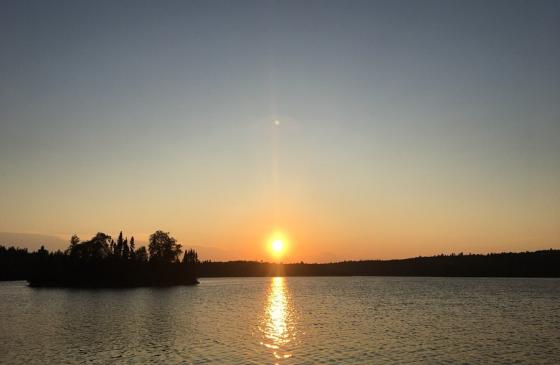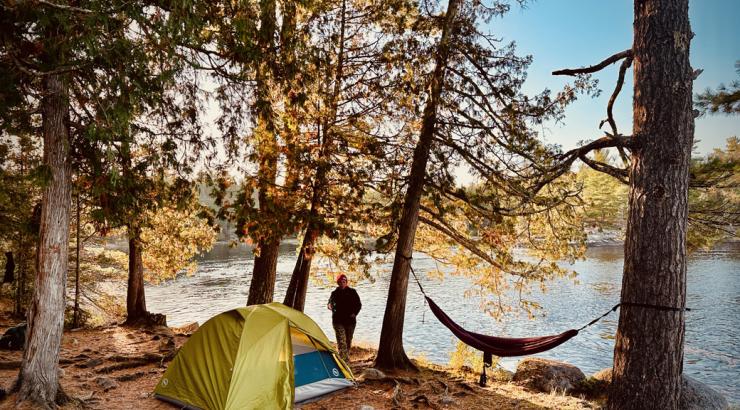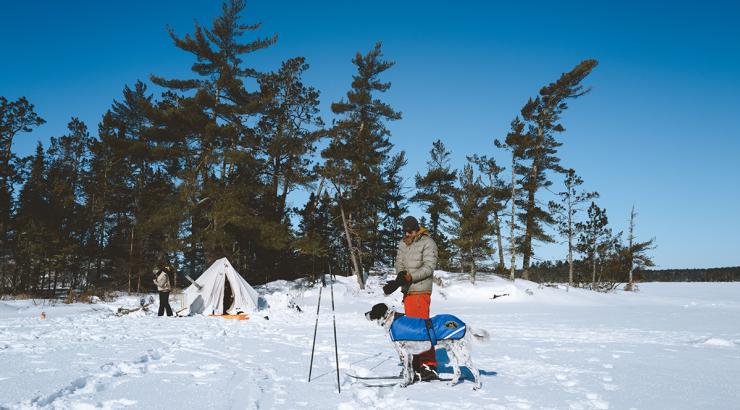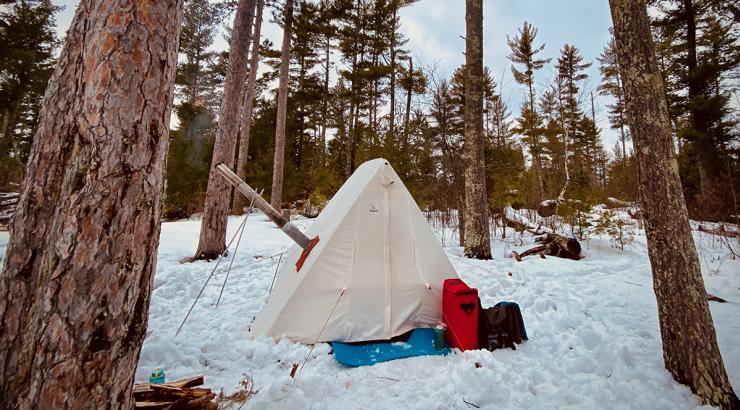So you’ve heard about the beauty and serenity of the Boundary Waters and now you want to check it out for yourself. But how are you supposed to decide where to go? Here are some helpful tips for first time Boundary Waters users!
One of the great things about the Boundary Waters is that it is a protected Wilderness Area, which means it has the highest level of protection of federal land. Given these protections there is limited road and motor boat access, as well as even restrictions on how low planes can fly when over the Wilderness. The 1.1 million-acre Boundary Waters Canoe Area Wilderness includes over 1,200 miles of canoe routes on over a thousand lakes and 2,000 remote campsites. Plus, Northern Minnesota is the last stronghold of the Gray Wolf in the lower 48 states, and lynx, bobcats, pine martens, and beavers are other mammals found throughout the woods. All of these factors make the Boundary Waters one of the most quiet and peaceful places you could hope to find.

To access the Wilderness, you need to reserve and purchase a permit with all the members of your group on it (remember that there is a limit of 9 people per group). You will want to check for permits well in advance of the day you plan to do your trip - as they tend to go quick! Visitors taking an overnight paddle, motor or hiking trip, or a motorized day trip into the BWCA from May 1 – September 30 are required to obtain a quota permit. Explore quota permits for this spring and summer at Recreation.gov here.
You select your permit by choosing an entry point you would like to start at. These entry points are for the lakes that you must start your trip at, but you are free to go anywhere within the boundaries of the Wilderness once you “enter”. One factor to consider when choosing an entry point is if you can park and push off, or if you will have to portage your canoe and gear to get to the entry point from your car.
Portaging is when you flip the canoe and balance it on your shoulders to carry it across land. Portages are the paths between lakes where carrying your canoe is necessary. On a map, portages are usually red lines with a number next to them. The number represents the number of “rods” that a portage is. Rods are a form of measurement that equates to 16.5 feet, approximately the length of one canoe. When choosing a route, notice the amount of rods between lakes depending how far you want to go. (1 mile = 320 rods)
Now that you know some basic vocabulary, you can start to consider what type of trip you would like to do. You can always start with a day trip to test out the waters! Another great option is setting up camp and doing day trips from your site but without bringing all your gear with. Then of course there is the more challenging option of picking a route and portaging to camp on various lakes on the route. Any of these choices are great ways to experience the Boundary Waters!
4 recommended routes for beginners
-
Lakes One-> Lake Two -> Lake Three
-
Daniels -> Duncan -> Rose
-
Alton -> Sawbill
-
Moose -> Ensign
Consider going through a local outfitter to ensure that you are fully equipped for a fun and safe time! Outfitters are great resources for anything from purchasing the right map or renting a canoe to fully outfitting and even guiding your whole trip. Paddle Planner is another helpful resource for planning your route. You can also support the Campaign by purchasing a map through True North Maps.
One of the absolute most important things to remember when visiting the Boundary Waters is to Leave No Trace! This means to leave the Wilderness better than you found it. Carry out all your trash - do not leave it for others to take care of. Use the designated latrines (pit toilets) - don’t go to the bathroom in or near the water, if you have to try to go 100 yards from water. Make sure your fires are 100% extinguished and cool to touch before leaving camp. For a complete list of Leave No Trace Principles, read more here.
Now that you have read a few tips and tricks for planning a trip to the Boundary Waters, we hope you are able to visit and see why this beautiful place is worth protecting!



